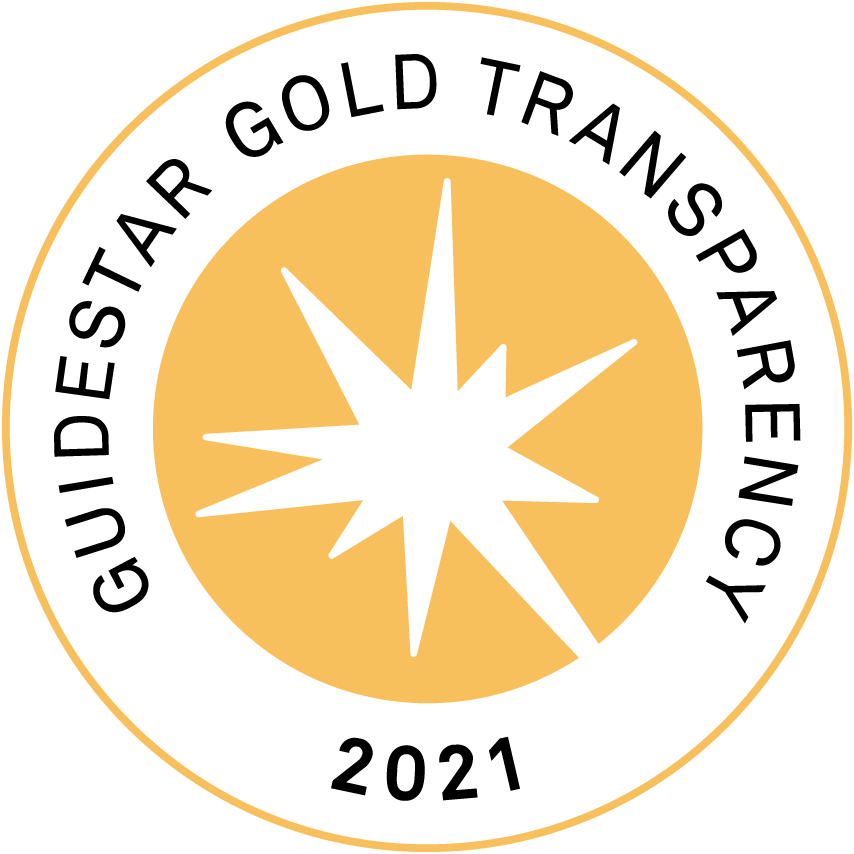Complete Story
March Madness — Risking Your Eyes
With March Madness underway, many sports fans will be glued to their TV’s cheering their favorite college basketball team. But what many people don’t realize is that they are also watching the number one sport for eye injuries. According to a recent study, one-in-ten college basketball players sustain an eye injury each season.
With more than 600,000 sports-related eye injuries occurring each year, Dr. Paul Berman of the New Jersey Society of Optometric Physicians stresses that every sport poses potential dangers if the eyes are left unprotected. “Every 13 minutes in the United States somebody has an eye injury of the severity that requires a trip to the emergency room,” said Dr. Berman.
Common eye injuries include corneal abrasions, blunt trauma and penetrating injuries. Severity ranges from bruises, swollen retinas, fractured eye sockets and facial bones, eye hemorrhages and retinal detachments, to blindness from a direct hit to the eyeball. The most damage is done when the orbital bone, which surrounds the eye, isn’t able to protect the eye — an elbow, stick, puck or ball can penetrate the eye, causing sight-threatening damage.
Do regular glasses or contact lenses offer eye protection?
When participating in risk-prone sports or recreational activities, nothing is more dangerous to the eye than the use of “street” eyewear that does not conform to safety standards.
Regular glasses can break into sharp pieces capable of penetrating the eye, putting you at a higher risk of blindness.
Contact lenses, they don’t protect the eyes from injury other than offer some protection for the cornea.
New Jersey law requires all school-age children participating in sports to wear protective eyewear.
“Street wear” does not belong on the court or playing field.
90% of sports-related eye injuries are preventable
The best protection comes from face shields or eye guards. If you wear prescription glasses, ask your eye doctor to fit you for prescription eyewear.
Eye goggles should fit securely and comfortably and allow the use of a helmet if necessary.
Use batting helmets with polycarbonate face shields for youth baseball.
For hockey, use helmets and face shields approved by the U.S. Amateur Hockey Association.
“Street wear” does not belong on the court or playing field.





